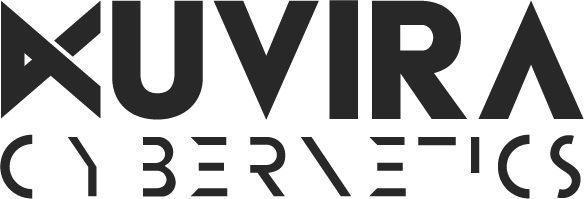Applications of VR in Aerospace
1. Aircraft Design & Prototyping
- Engineers can visualize, modify, and test aircraft designs in a virtual 3D environment before production.
- VR enables aerodynamic simulations to analyze airflow, stress points, and material performance.
- Reduces the need for physical prototypes, saving time and manufacturing costs.
2. Pilot Training & Flight Simulations
- VR-powered flight simulators provide realistic, immersive training for pilots.
- Simulate various flight conditions, emergency scenarios, and system failures in a risk-free environment.
- Enhances spatial awareness, cockpit familiarity, and decision-making skills without actual flight hours.
3. Maintenance & Repair Training
- VR guides technicians through step-by-step maintenance procedures using interactive 3D models.
- Simulate complex repairs on engines, avionics, and landing gear without affecting real aircraft.
- Reduces training costs and minimizes human errors in aircraft servicing.
4. Space Mission Training & Simulations
- VR provides astronauts with zero-gravity training and spacewalk simulations.
- Simulate space missions, equipment handling, and emergency protocols in a controlled VR environment.
- NASA and other space agencies use VR to prepare astronauts for real-life space missions.
5. Passenger Experience & In-Flight Entertainment
- Airlines can offer VR entertainment for passengers, enhancing travel experience.
- Virtual tours of aircraft interiors help customers explore seating, cabin layouts, and amenities before booking.
- VR-based in-flight training helps passengers learn about safety procedures in an interactive way.
6. Air Traffic Control & Airport Operations
- VR enables air traffic controllers to train in a simulated control tower environment.
- Simulate real-time air traffic scenarios, weather challenges, and emergency landings.
- Airports use VR for ground staff training, optimizing baggage handling, security checks, and boarding operations.
Case Studies
1. VR-Based Pilot Training
Challenge: Traditional pilot training was expensive and required frequent access to physical simulators.
Solution: Implemented a VR flight simulator that allowed pilots to practice landings, turbulence handling, and emergency responses.
Outcome: Reduced training costs by 40% while improving pilot proficiency.
2. VR for Aircraft Maintenance
Challenge: New technicians needed hands-on training for complex aircraft repairs.
Solution: Developed VR-guided maintenance training that allowed technicians to interact with virtual aircraft components.
Outcome: Reduced maintenance errors by 30% and improved technician training speed.
3. VR for Space Mission Simulations
Challenge: Astronauts required a realistic environment to train for microgravity and equipment handling.
Solution: Designed a VR-based space mission simulator that recreated zero-gravity conditions and spacecraft operations.
Outcome: Improved astronaut preparedness for real space missions.

